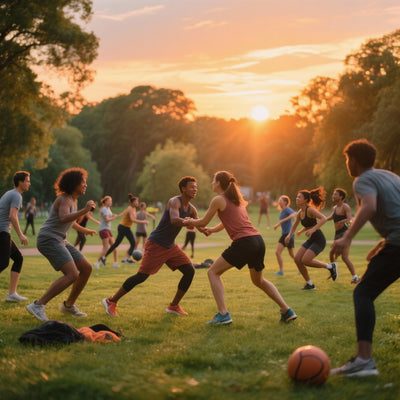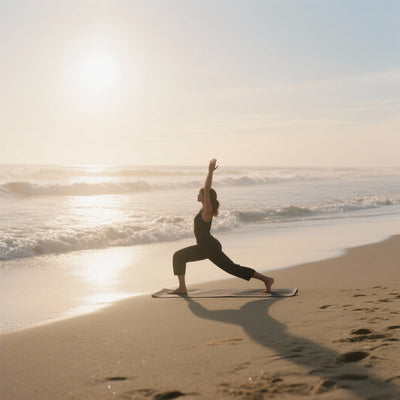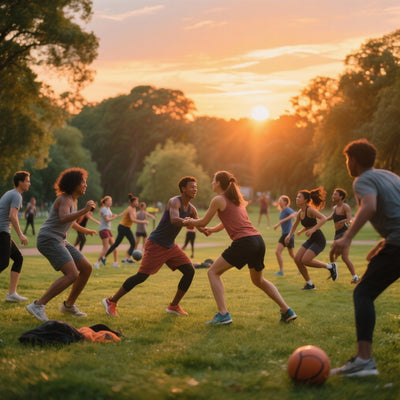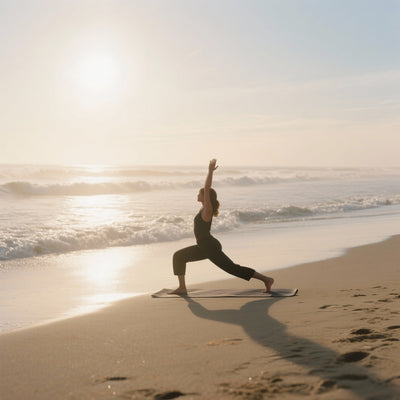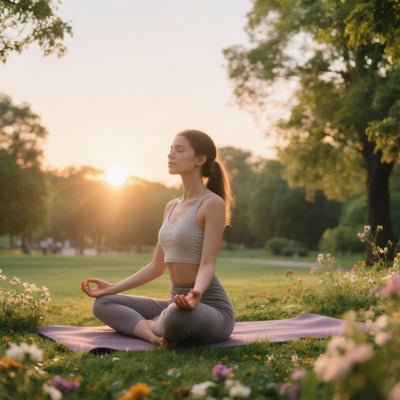Why Unprotected Sun Exposure Boosts Your Vitamin D (And the Risks!)
The sun, a source of life and warmth, is also essential for the production of vitamin D in our bodies. Many people wonder if it's beneficial to expose themselves to the sun without sunscreen to maximize this production. The answer isn't simple and requires an understanding of the risks and benefits. This article explores the ins and outs of unprotected sun exposure, focusing on vitamin D, potential dangers, and safe practices.
We will discuss the amount of sunlight needed, the factors that influence vitamin D production, and best practices for balancing benefits and risks. The goal is to provide you with clear and accurate information to make informed decisions about your health and sun exposure. Because while vitamin D is crucial, protection from UV rays is just as important.
The Essential Role of Vitamin D
Vitamin D is much more than just a vitamin. It plays a vital role in many bodily functions, including calcium absorption for strong bones, immune system support, and mood regulation. A vitamin D deficiency can lead to a range of health problems, from fatigue and muscle weakness to more serious bone issues like osteoporosis. Studies have shown that vitamin D may play a role in preventing certain chronic diseases.
The Sun: Our Main Source of Vitamin D
Our bodies naturally produce vitamin D when the skin is exposed to the sun's UVB rays. These rays convert a cholesterol derivative into vitamin D3, the most active form of the vitamin. However, several factors influence this production, such as the season, time of day, latitude, skin pigmentation, and sunscreen use. In winter, or in regions with limited sunlight, vitamin D production can be significantly reduced, making supplementation or targeted sun exposure even more important.
Why Unprotected Sun Exposure Appears to Increase Vitamin D Production
Sunscreen, while essential for protecting skin from harmful UV rays, also blocks vitamin D production. This is why many people wonder if it's wise to expose themselves to the sun without protection, even briefly. The idea is that even short periods of unprotected exposure can produce a significant amount of vitamin D while minimizing the risk of skin damage. However, this approach requires great caution and a thorough understanding of one's own skin type and the conditions of the sun.
Risks Inherent in Unprotected Sun Exposure
Unprotected sun exposure poses significant risks. UVB and UVA rays can damage the DNA of skin cells, increasing the risk of sunburn, premature skin aging (wrinkles, age spots), and, more seriously, skin cancer. It is crucial to understand that sun damage is cumulative and can have long-term consequences for skin health. No one is immune; even though darker skin tones are less prone to sunburn, they remain vulnerable to cellular damage.
What duration of unprotected exposure is considered safe?
There is no single answer to this question, as the safe exposure time depends on many factors. People with fair skin burn more quickly than those with dark skin. The UV index, which varies depending on the time of day, season, and geographic location, is also a determining factor. Generally, 10 to 15 minutes of exposure in the middle of the day, several times a week, may be sufficient to stimulate vitamin D production in people with fair skin. People with dark skin may require longer exposure.
Alternatives and Complements to Sun Exposure
If you are concerned about the risks of sun exposure, there are other ways to increase your vitamin D levels. Diet can play a role, although few foods are naturally rich in vitamin D. Fatty fish (salmon, tuna, mackerel), eggs, and some fortified foods (milk, cereals) can contribute to your intake. Vitamin D3 supplementation is also a common and effective option, especially in winter or for people who have difficulty getting sun exposure. Talk to your doctor to determine the appropriate dosage.
Tips for Responsible Sun Exposure
If you choose to expose yourself to the sun without protection to boost your vitamin D production, here are some tips for doing so responsibly:
- Know your skin type: People with fair skin should limit exposure and carefully monitor for signs of burning.
- Check the UV index: Avoid prolonged exposure when the UV index is high (usually between 10am and 4pm).
- Protect sensitive areas: Protect your face, eyes and lips with a hat, sunglasses and lip balm with SPF.
- Stay hydrated: Drink plenty of water to keep your skin hydrated.
- Monitor your skin: Regularly check your skin for any changes or the appearance of new spots.
Balance and Moderation: The Key to Good Sun Health
Sun exposure for vitamin D is a matter of balance. It's crucial to weigh the potential benefits against the known risks. Short, cautious exposure can be beneficial, but should never come at the expense of skin protection. Don't hesitate to consult a healthcare professional to assess your vitamin D levels and discuss the best strategies for maintaining optimal health while protecting yourself from the sun's harmful effects. Prevention remains your skin's best ally.

